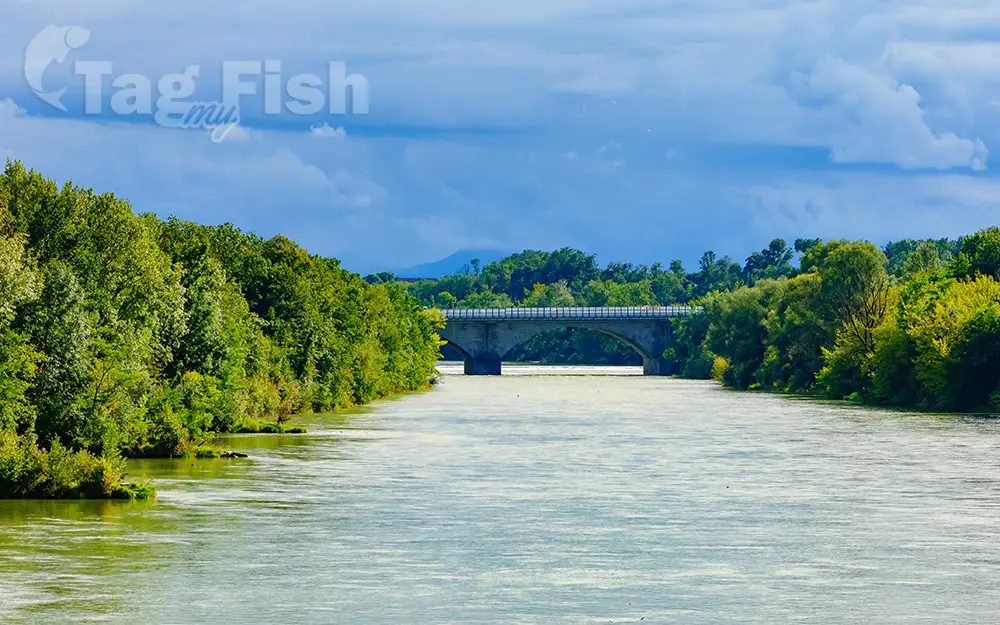Enns

General data
- Name: Enns
- Water system: Danube
- Water type: River
- Progression: Danube -> Black sea -> Mediterranean Sea -> Atlantic Ocean -> Planet Earth
- Climates: Continental
- Continents:
- Countries: Austria
The Enns is a southern tributary of the river Danube, joining northward at Enns, Austria. The Enns spans 253 kilometres (157 mi), in a flat-J-shape. It flows from its source near the village Flachau, generally eastward through Radstadt, Schladming, and Liezen, then turns north near Hieflau, to flow past Weyer and Ternberg through Steyr, and further north to the Danube at Enns. The Enns has its source in the Radstädter Tauern mountains in the Austrian state of Salzburg. In a valley which developed during the ice age, it flows at the border between the Northern Limestone Alps and the Central Eastern Alps on an eastern trajectory through Styria, where it passes the Dachstein group at its southern side. Between Admont and Hieflau, it takes a turn to the North and passes through the Gesäuse, a gorge of a length of 15 km (9.3 mi), where it penetrates the limestone of the Ennstaler Alpen. Flowing to the north from there on, it reaches the state of Upper Austria at the mouth of the Laussabach. North of Steyr, it forms the border between Upper Austria and Lower Austria (formerly also known as Austria above the Enns and Austria below the Enns). Finally, it meets the Danube at Mauthausen and the city of Enns. It is the longest river solely in Austria. The Enns is a typical wild water river and draws its water from an area of 6,084 km2 (2,349 sq mi), which makes it the fifth-largest in Austria. Its average discharge at the mouth is 200 m3/s

 English
English
 Spanish
Spanish
 German
German
 French
French
 Serbian
Serbian
 Russian
Russian

